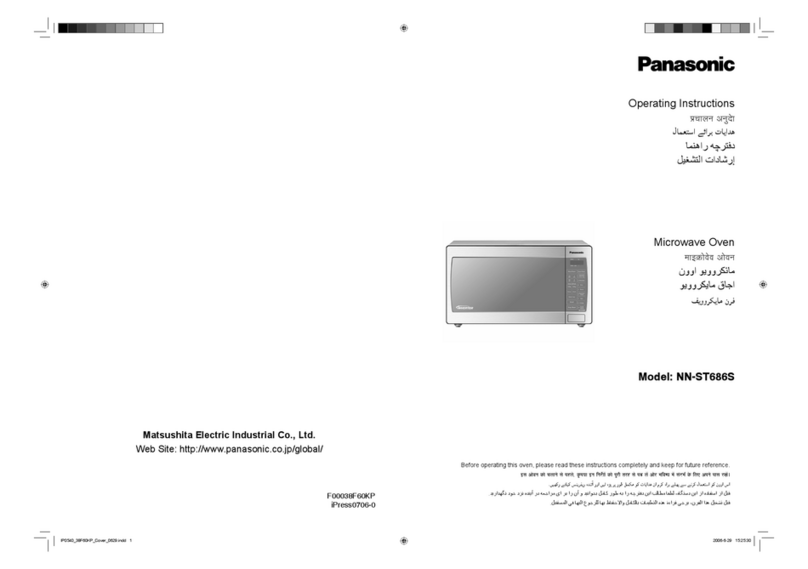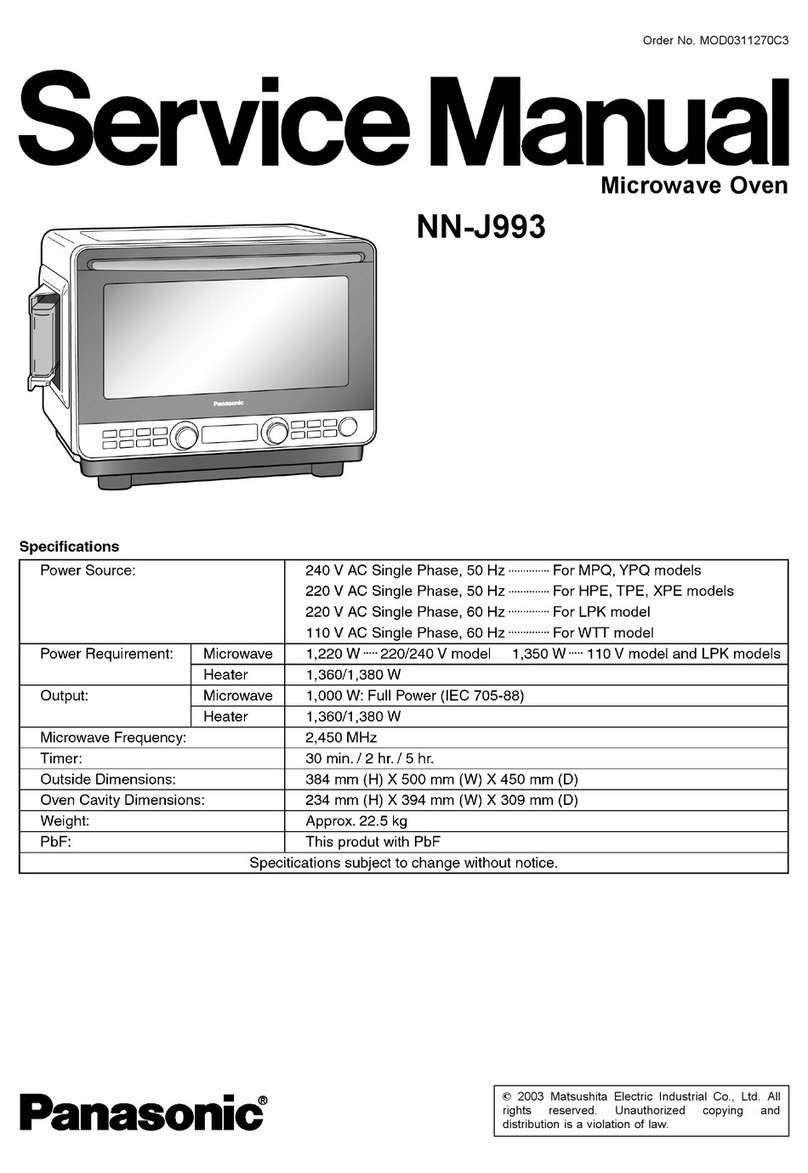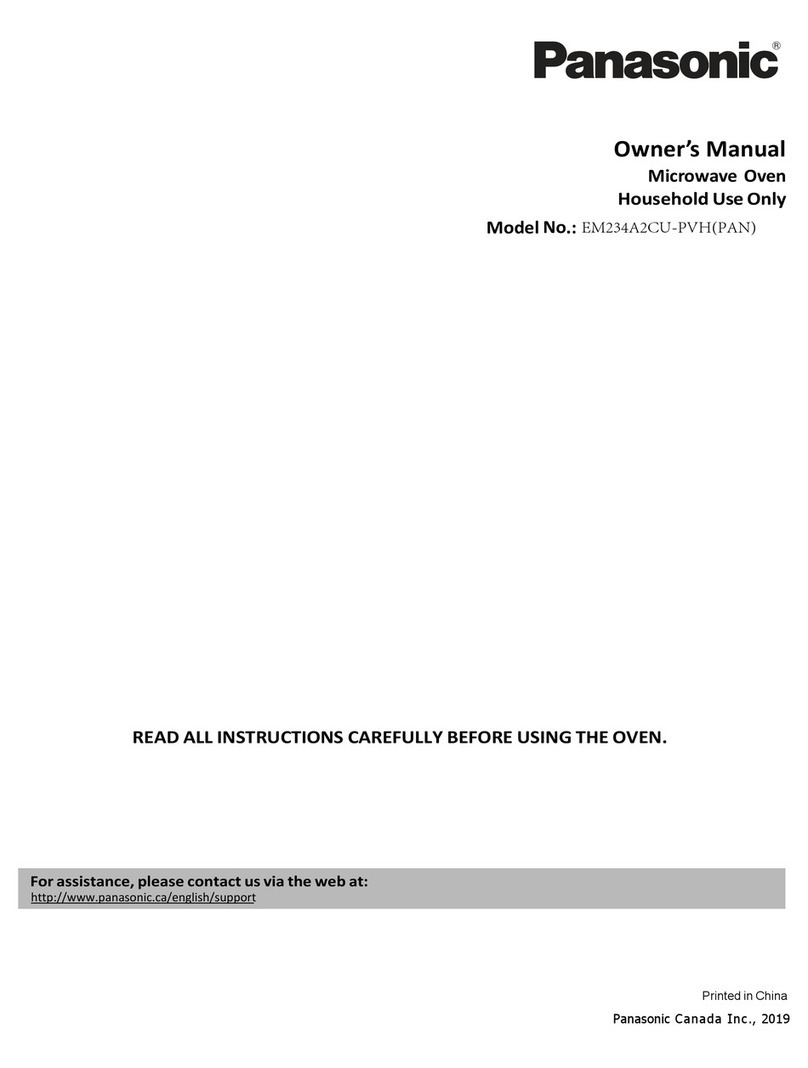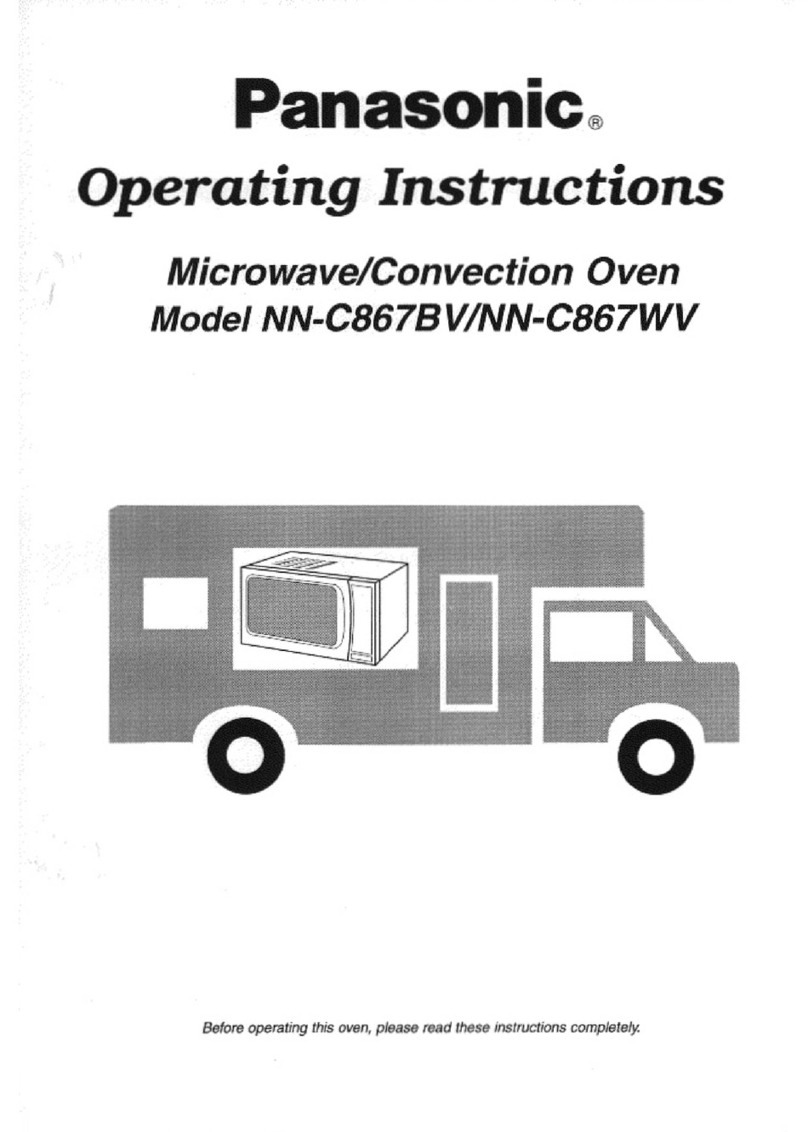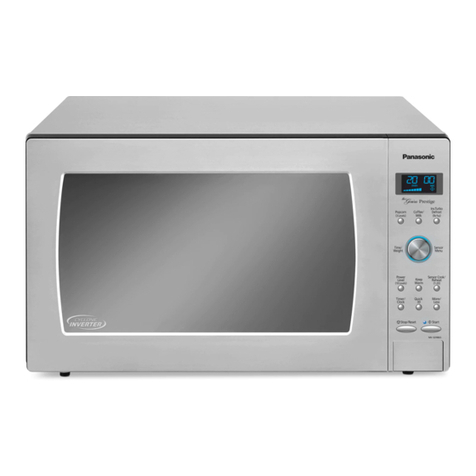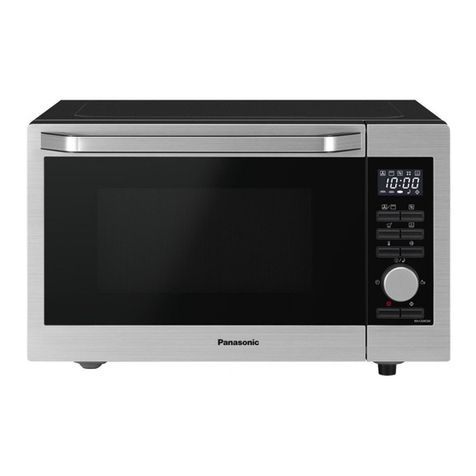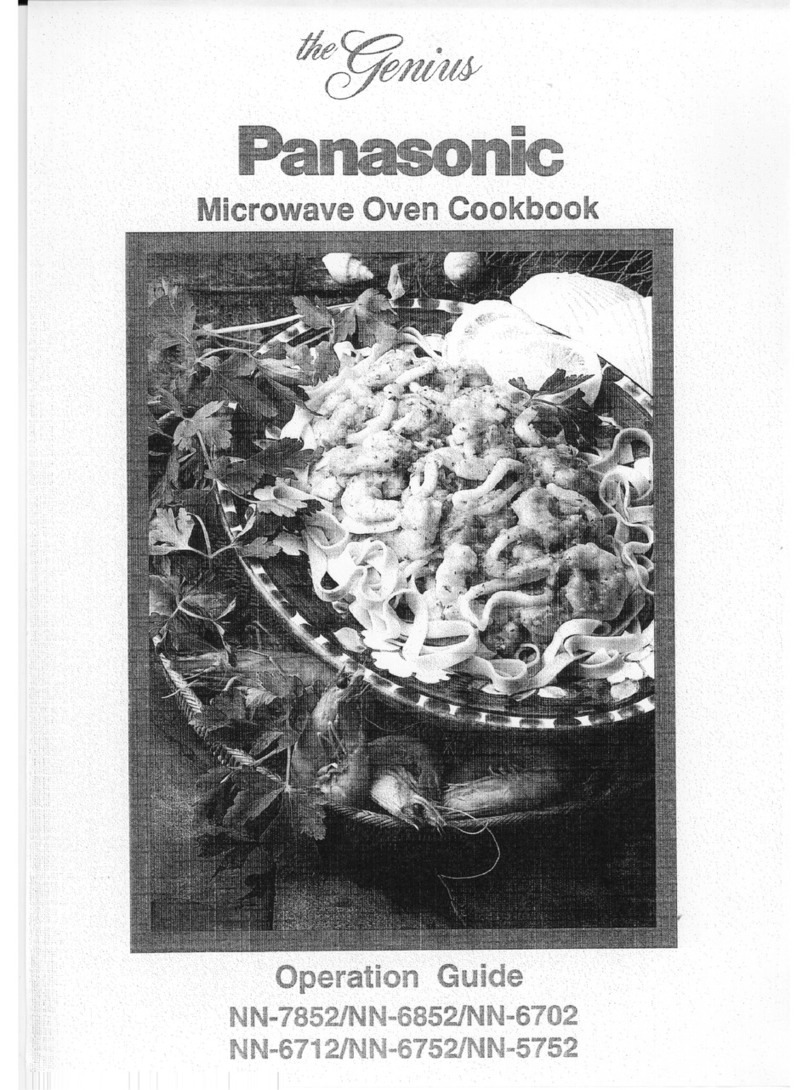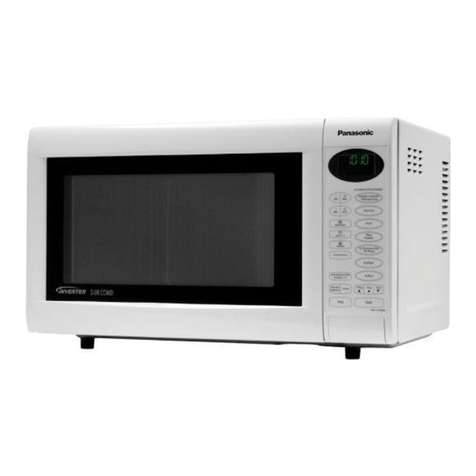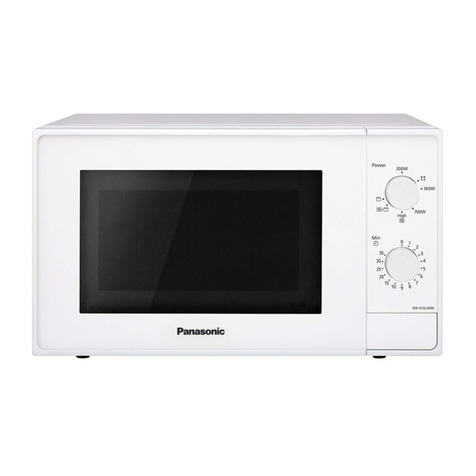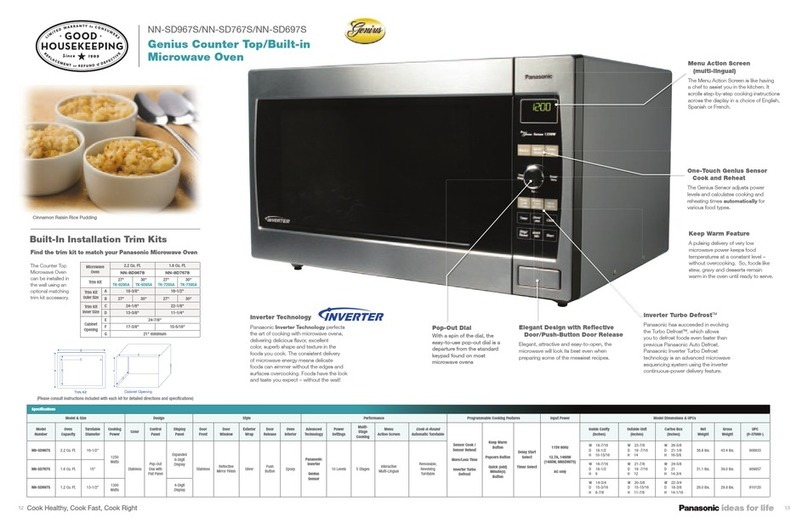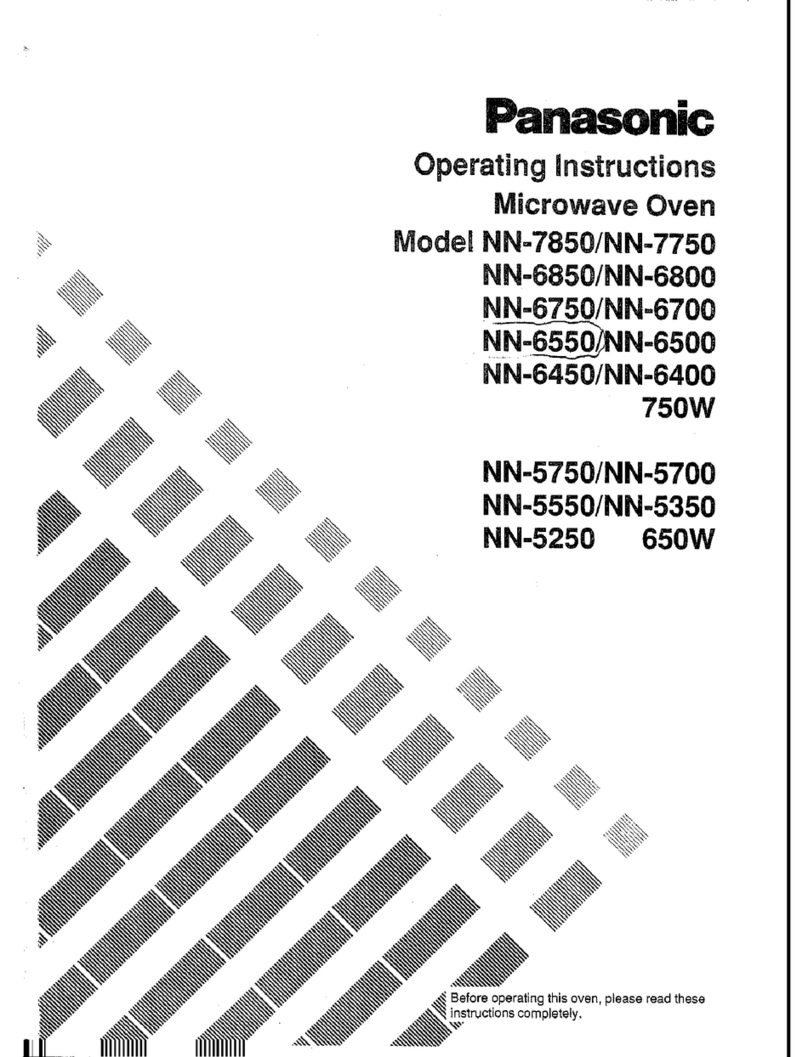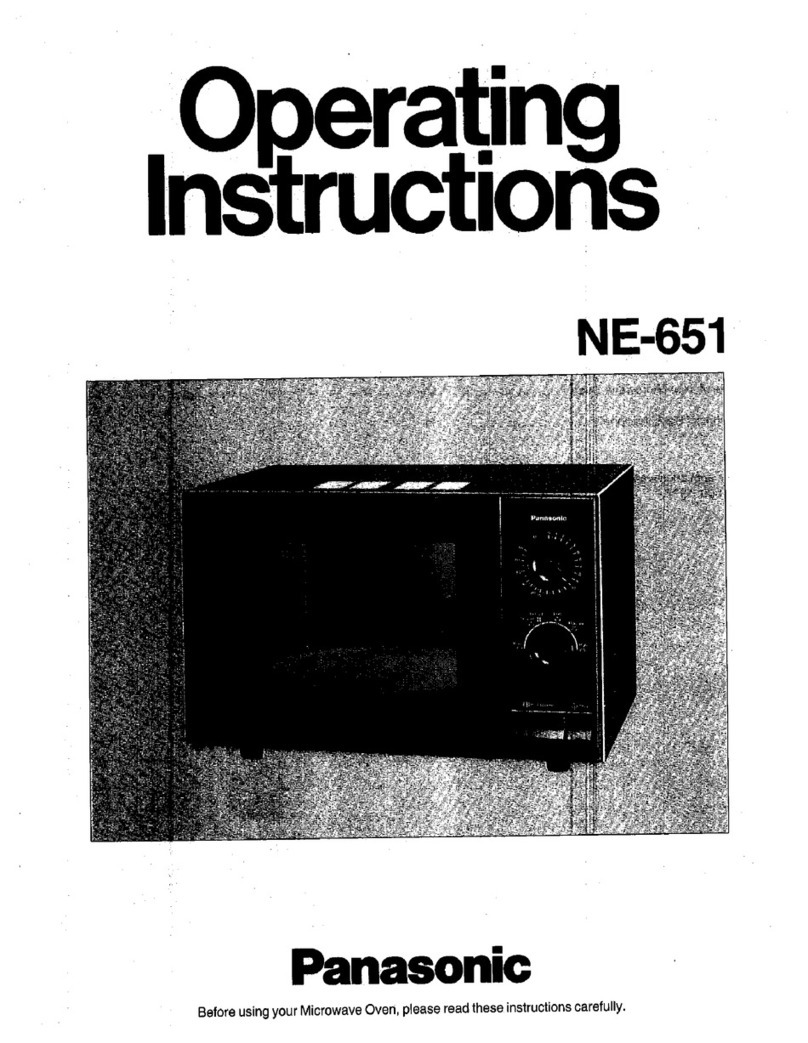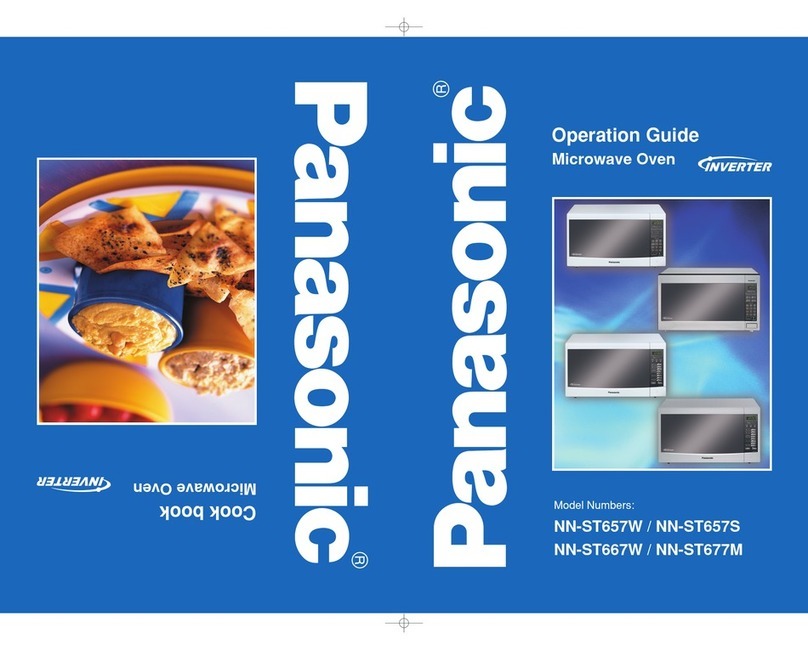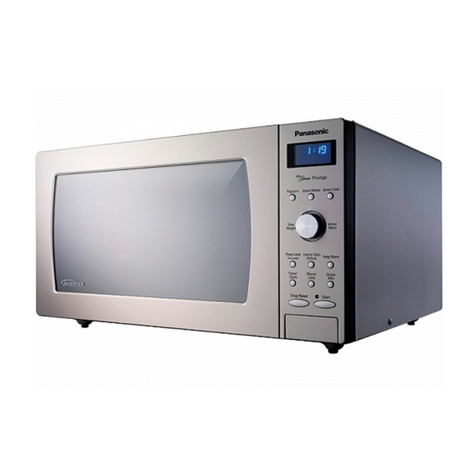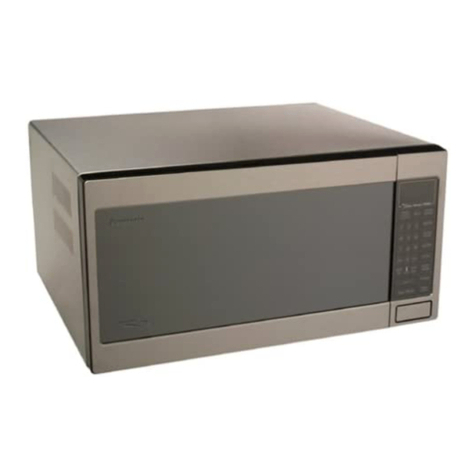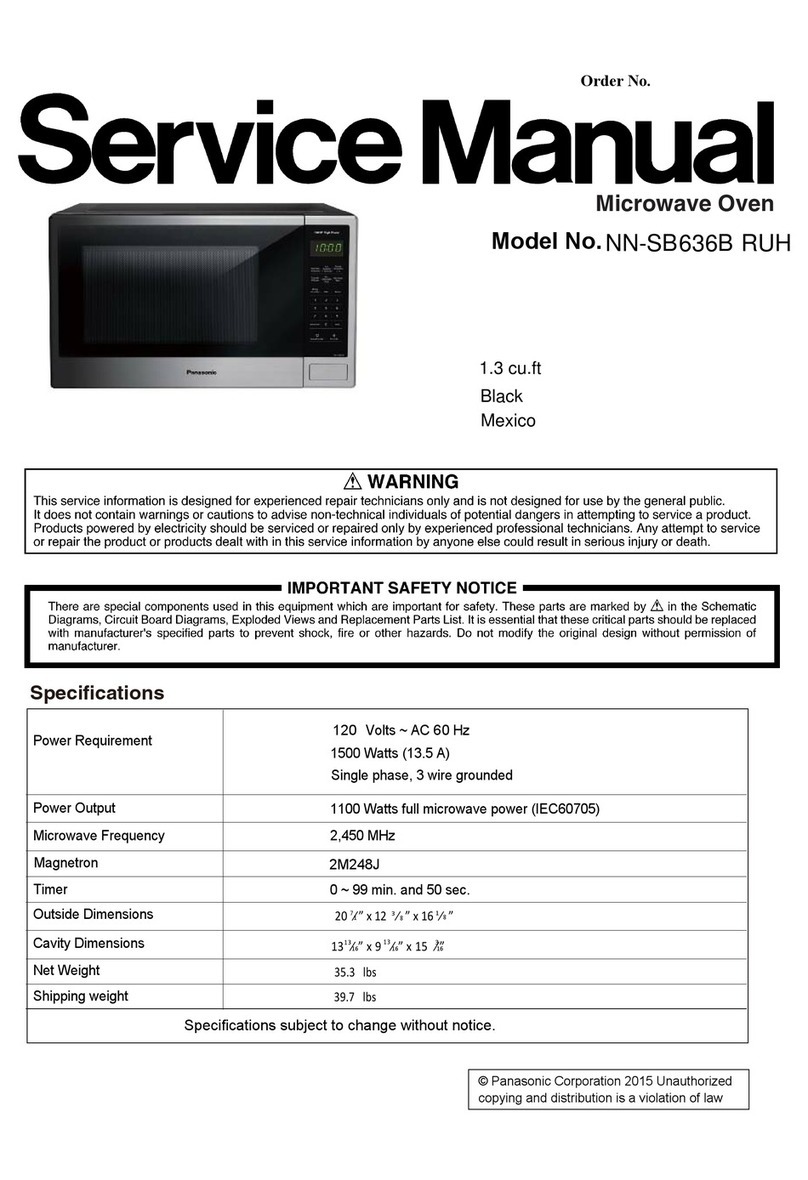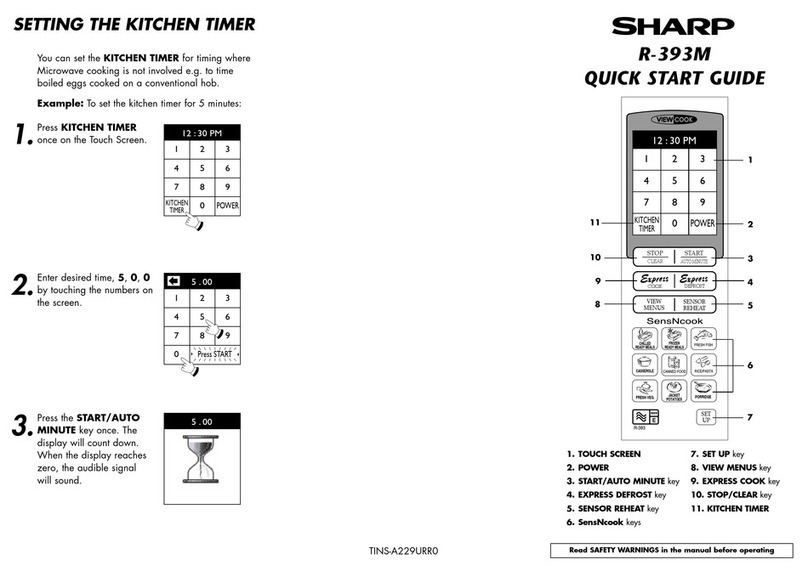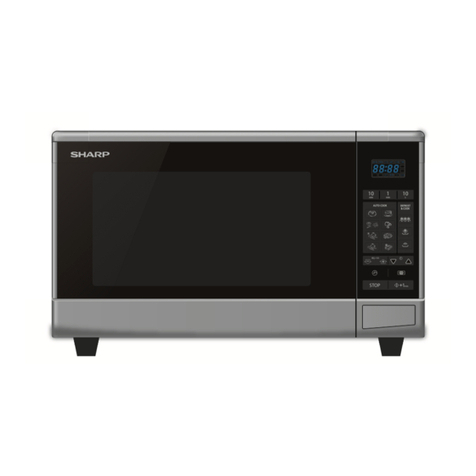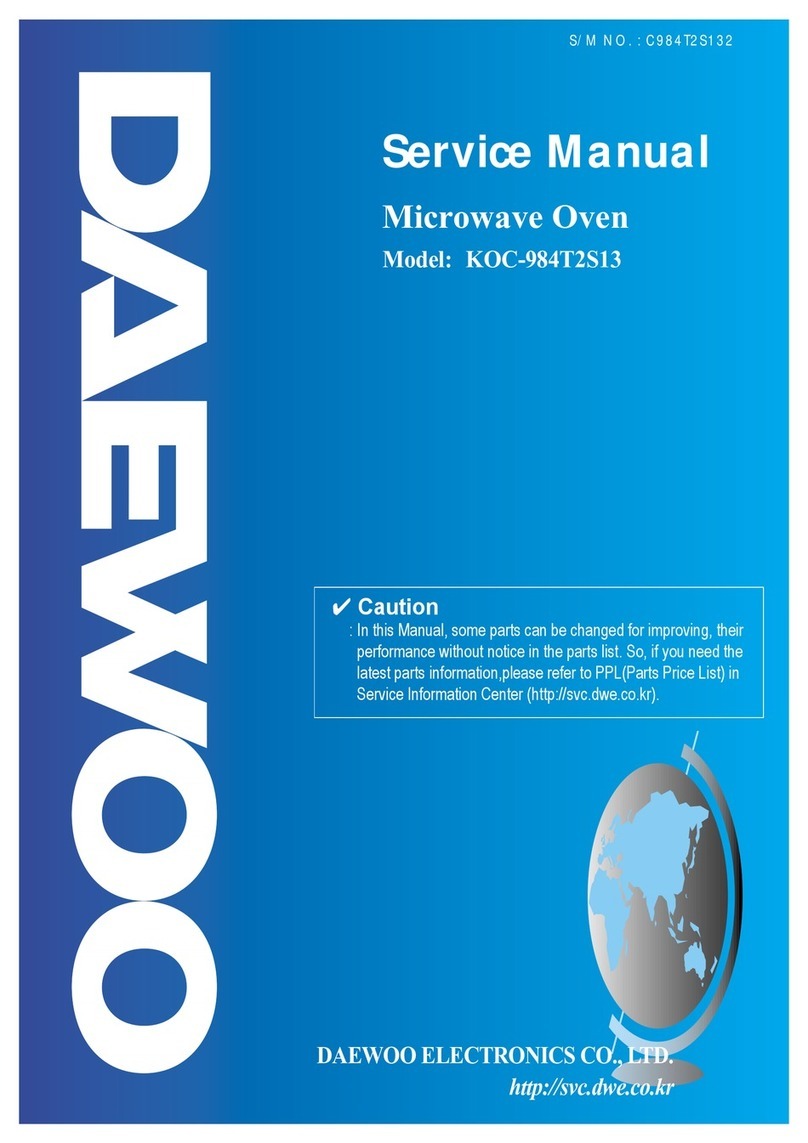
CONTENTS
Before
Operating
PCC
BUNT
cic
cosines
cdescccadsns
dateccectn
cece
eatesentiza
nel
cadasshigiopaoesnmecsiies
sssediea
twats
Inside
Front
Cover
Important
Safety
Instructions
...........
eck
cece
tence
tees
ceeees
acess
aeeneaeee
reece pease
enaaeenes
2-3
Installation
and
ore
WTRSSEEUCTOONS
oasis
ie
Sides
sed
heaescgarcsodcicensassnscnebenbyunmctangestnscenpacsnind
Safety
Precautions...
viandickeleses
taneous
Cookware
and
Utensil
Guide
.
Feature
Diagram......
Control
Pane!
........
eee
NNO
OD
Operation
Let's
Start
to
Use
Your
OVEN
..........
eee
escecseeseeeeassneaenseees
8
Clock
Setting...
saga
Ghanancauot
ead
caeeccnedilebavcan
daxetesseuncatmacdaesoxtavenespenbeaabasa
cman
bine
@uameer
winnie
To
Use
Child
Safty
Lock...
Piece
hin
tee
ea
ttatiascutie
WA
ela
t
actisth
tascam
ac
ovaraeleanenaage
To
Use
More/Less
Pad...
eoteestlsta
te
ecea
ch
Wace
Stack
ts
tracl
aah
eectralets
ae
acueoe
shai
Cie
necadantcatten
dace
Be
©
ts
ah
ace)
coo
010
Bl
a>
>
eee
nr
are
rie
ee
Bor
SPT
eae
END
EEN
SRE
REMI
MU
TT
RCTT
TTT
eT
TTT
9
WISE:
BaCORe
PA
isis
cs
cdeiicss
apne
bua
tacetie
oneal
cctunded
lesan
cantndusenteecectenstacciteateateat.
donstecauhen
San
Jikan
10
To
Reheat
using
Power
&
Time
Settinng.............-.--.ccccssssscsssscrccarrescrssscneesensesensssenvesssssnene
8
.
Sensor
Reheat
:.é2632:
sececcsizes
lcci
Test
iws
eh
od
ete
ceo
es
Ree
iccas
dalaeeiees
12
To
Defrost
using
Power
&
Time
Setting
.........ccce
cs
ccceeereeeeree
renee
ceneesennessnnereneeecnaetenacenne
8
Inverter
Turbo
Detrost.........cccccssseccssserecseeseesessseeeseceeeseseneeeenccaae
1°17
To
Cook
using
PO
WON
Se
TU
STII
see
sheic
cakes
scence
dat
Gash
ca
sich
ncetiatd
dct
woh
aainaeaae
Sensor
Cook...
We
Yd
hued
totes
ran
ateynaadeddtebaasiauis
aatiabiatcopetinstinadys
METS
Quick
Min
Function...
igs
uShip
tested
tcencuss
patenardeaasece
saves
ape
Timer
Setting
cade
Timer
/
Stand
Time
/
Delay
Stat
nnn
Microwave
Shortcuts...
la
ts
Seiad
Sain
alsaea
lube
st
acts
ae
Caiaaavecusapaasaup
istnoiaintessteaed
cerensueetaean
le
Food"
Gh
aracinneliceasincss
me
ncce
waa
nope
ena
nae
aalennalomsadaee
ele
Cookirigy
TeChrigues
sii
ivscf
catcsst
ecko
sce
cata
sock
isdasabbadsanttaacegesansssareaausaeuioanenake
_AT-
18
Quick
Guide
to
Gey
ellos
cerieie
ernest
ne
Cover
Maintenance
TECHNICAL
SpeciiCal
ORs
cz
5:5.
essa
datasets
esccesscees
ects
catades
cca
tahesnacnatndihe
Inside
Front
Cover
Care
Of
VOUS
MICTOWAVE
OVEN
osc,
inccceetsasssscecivonresstcasenseisacersisnsuccsdnacriuacrvodnesatetsgenttesoke<etosks
19
To
Order
Accessories,
Books,
te
ccc.
cacissccicccieusssasecesdcnsredsd
dennosensteccegdabadanceeevecsduseceandedaandener
19
Baiore
REQUeSting:
SGPViGe
2.
ccsc.cccon5.c5
eo
ia
Secs
tien
iv
cugenncedagataesen
cc
chzcacaciecreusancscataeceenweste
asides
20
Limited
Warranty
&
Customer
Services
Directory...........:ccscceecceceeccesereeseseseseeaseenesteesaeenesaes
21
Manual
de
instrucciones
apie
males
metenon)
Precauciénes...
Este
<vewtice
eniseaarts
Cesena
taut
tay
Ses
ualerectetepilec
aasiunte
Sgedacneatewcet
22
Instrucciones
de
‘Seguridad...
Ora
utcetere
Ae
fa
eal
nas
ee
oto
one
ae
23
Instrucciones
para
Conexién
:
a
|
TDN
SIA
PI
tah
eet
eT
Instrucciones
de
InstalaciOn.................ec
cess
csecseeetteeeenscensscesee
cesses
sesessneausnaeeenseeseaneree
ne
Sug
eremectas
WSS
isc
ssa
as
escksctan
Boschusnstasteeetenctcmdacss
eicbnabacabadaeatesee
siaetee
seep
iacae
haigesoncteeD
Panel
de
Control
..
deca
wibcsntieg
ht
sehaabhs
fuali:uoeaade
tabeasiaUatad
vast
dawiddfunsedacgoyssediubssianazetacressasoalhaee
Procedimientos
de
Operacion
.
eddie
cansnhieetvctuagsd
i
oeedaty
atecce
casts
san
talie
nado
eseeneanaspiahbensaaeee
27-28
Gili
Rapicla:
6
Operaciann
cece
cis
ooss
ee
chai
oca
cscs
ttaee
ested
aan
ceased
239
For
assistance,
PLEASE
CALL
1-800-211-PANA
(7262)
